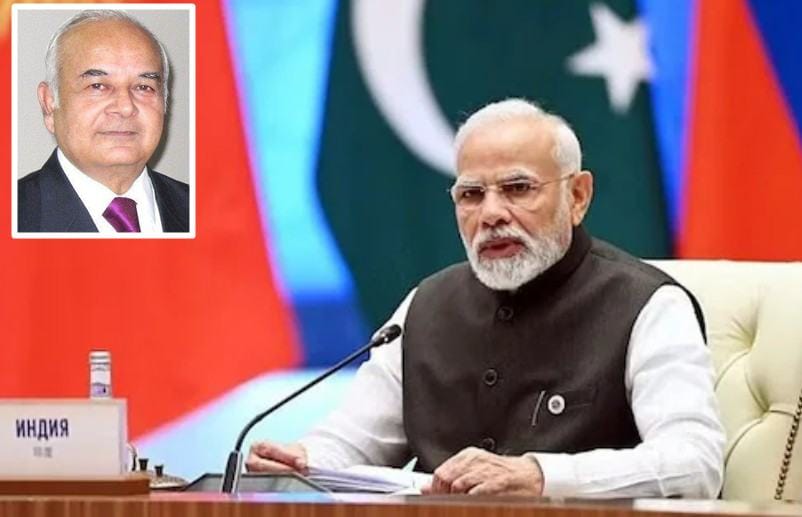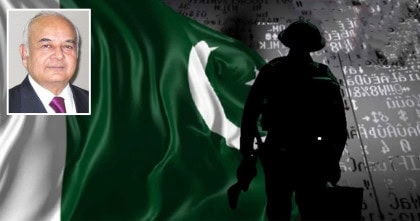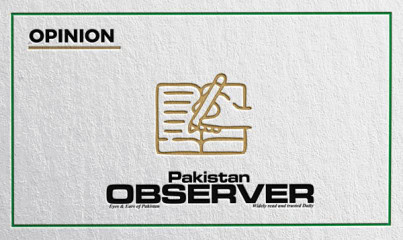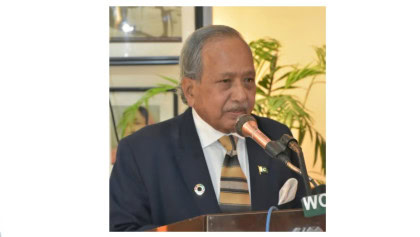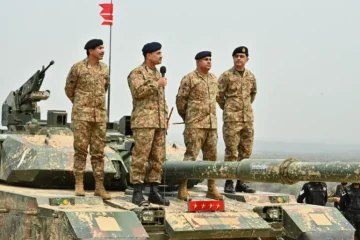At the recent Shanghai Cooperation Organization (SCO) summit in Tianjin, Indian External Affairs Minister S. Jaishankar made pointed remarks, emphasizing an “uncompromising position” against terrorism and warning that “nations who aid terror will pay a price.” These remarks, widely interpreted as veiled attacks on Pakistan and China, mirror a familiar Indian diplomatic playbook: project strength abroad while concealing complicity at home and beyond.
Yet, this rhetoric starkly contrasts with India’s own longstanding and systematic record of state-sponsored violence, especially in Indian-administered Kashmir, where the Indian state has been the principal actor in what many argue is one of the world’s most underreported and enduring human rights crises.
One Million Dead: Kashmir’s Long Night of Occupation
Since the first Kashmir war in 1947-48, Indian military occupation has resulted in the deaths of over one million Kashmiris, according to several rights groups and regional sources. The Indian military’s scorched-earth tactics have involved mass graves, rape used as a weapon of war, disappearances, and the maiming and blinding of thousands through indiscriminate use of pellet guns.
These atrocities are not isolated excesses—they are part of a systemic campaign of suppression against a people demanding their UN-sanctioned right to self-determination, as recognized under UN Charter Article 1(2) and Security Council Resolutions 47, 91, and 122.
False Flags and Foreign Guests: A Pattern of Manufactured Terror
Adding to the disturbing pattern is India’s alleged use of false flag operations timed around high-profile international visits. There is a documented historical trend where major terror incidents occur in India just before or during visits by U.S. Presidents or Vice Presidents, followed by an immediate campaign to pin blame externally—particularly on Pakistan—to gain diplomatic leverage and deflect scrutiny from domestic repression.
These orchestrated incidents raise grave concerns of war crimes and deliberate manipulation of both domestic and international audiences, essentially using civilian bloodshed as a diplomatic bargaining chip.
Admitted Assassinations: Indian State Terror Across Borders
Perhaps the most damning evidence of India’s double standards is the open admission by Indian leadership of its policy of extraterritorial assassinations. India has publicly declared it will “target and kill” individuals inside other sovereign countries—a practice not only illegal under international law, but a clear act of aggression.
In a chilling statement, India’s own National Security Advisor (NSA) Ajit Doval outlined the doctrine of “offensive defense,” openly admitting to using criminal networks and hired agents to carry out killings abroad. In Pakistan alone, over 20 assassinations have been traced back to Indian operatives, some of which have involved cross-border infiltration, targeted killings, and sabotage campaigns—all confirmed by credible investigations.
Kulbhushan Jadhav: The Smoking Gun of Indian Terror Operations
India’s covert activities came into global focus with the arrest of Kulbhushan Jadhav; a serving Indian naval officer caught deep inside Pakistan’s Baluchistan province. His confession—public and consistent—detailed his role in organizing terrorism and sabotage at the behest of Indian intelligence agencies.Moreover, his genuine Indian passport on pseudo name of Hussain Mubarak Patel doesn’t need any further proof of Indian government’s complicity in the whole episode of state sponsored terrorism of the government of India.
Despite India’s efforts to frame the case as a diplomatic incident, the sheer depth of his operational involvement, use of multiple fake identities, and connection to violence on Pakistani soil remain indisputable proof of Indian state terrorism.
Exporting Assassinations: From Kashmir to Canada and the U.S.
India’s reach has gone far beyond its borders. Investigations in Canada, the United States, and the United Kingdom have unearthed Indian-linked plots to assassinate Sikh dissidents and other political activists.
The murder of Hardeep Singh Nijjar in Canada and the foiled plots in the U.S. and UK reflect a dangerous normalization of extrajudicial killing as state policy—all while claiming to uphold democracy and the rule of law. These cases include wiretaps, payment trails, and agent networks, now confirmed by Western intelligence agencies and publicly acknowledged by leaders such as Canadian Prime Minister Justin Trudeau.
Conclusion: Exposing the Architects of Regional Destabilization
India’s repeated attempts to monopolize the counterterrorism narrative at platforms like the SCO must be viewed through the prism of its own extensive record of aggression, manipulation, and covert warfare. From Kashmir’s crushed hopes to international plots executed or planned against minorities, India has consistently blurred the line between national security and state terror.
The international community—especially the United Nations, OIC, and global human rights organizations—must now insist on accountability and independent investigations. Pakistan and other affected nations must continue to present these violations at every diplomatic forum until the true face of Indian policy is no longer obscured by hollow speeches or sanitized narratives.
If the world is to seriously address terrorism, it must begin by naming and confronting those states who commit it under the guise of preventing it. And in that list, India must stand at the top.
By: Syed Nayyar Uddin Ahmad
The writer is a senior corporate leader and strategic analyst. His thought-provoking visionary insights have reshaped global discourse, capturing the attention of world leaders. His writings have not only resonated with heads of state and governments but have also influenced the foreign policies of the United States and other major powers.

